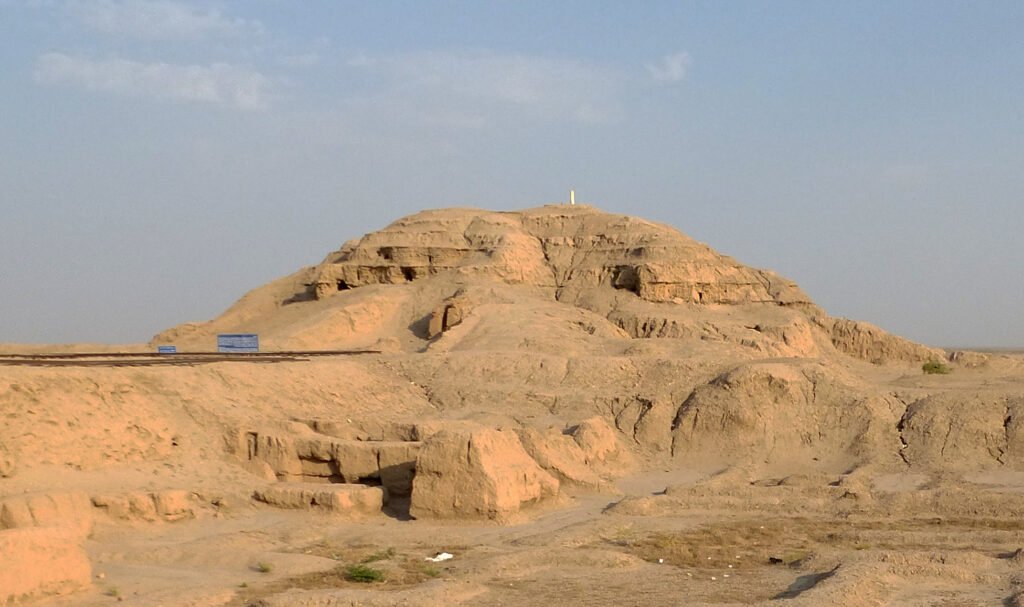Los Angeles, a sprawling urban expanse known for its glitz and glamour, stands as a testament to human ingenuity. But have you ever wondered how a city in the heart of a desert sustains itself? Beneath the bustling streets lies a network of hidden aqueducts, a marvel of engineering that transformed a barren landscape into a thriving metropolis. This story is not just about pipes and water; it’s a tale of ambition, controversy, and the relentless pursuit of progress.
The Birth of Los Angeles: A Thirsty Beginning
The origins of Los Angeles are steeped in the challenges of a water-scarce environment. In the early 1900s, the city was little more than a small settlement struggling to meet the demands of its rapidly growing population. Water, the lifeblood of any civilization, was in short supply. The Los Angeles River, the primary source at the time, was inconsistent and unreliable. This scarcity posed a significant threat to the city’s expansion, prompting city planners to seek innovative solutions.
The Visionary: William Mulholland
Enter William Mulholland, a self-taught engineer with a grand vision. Mulholland’s dream was to harness the distant waters of the Owens Valley, over 200 miles away, and bring them to Los Angeles. His plan was ambitious and audacious, requiring the construction of a massive aqueduct system that would defy the natural topography. Despite skepticism and opposition, Mulholland’s unwavering determination set the stage for one of the largest water projects of its time.
Building the Los Angeles Aqueduct: A Herculean Task
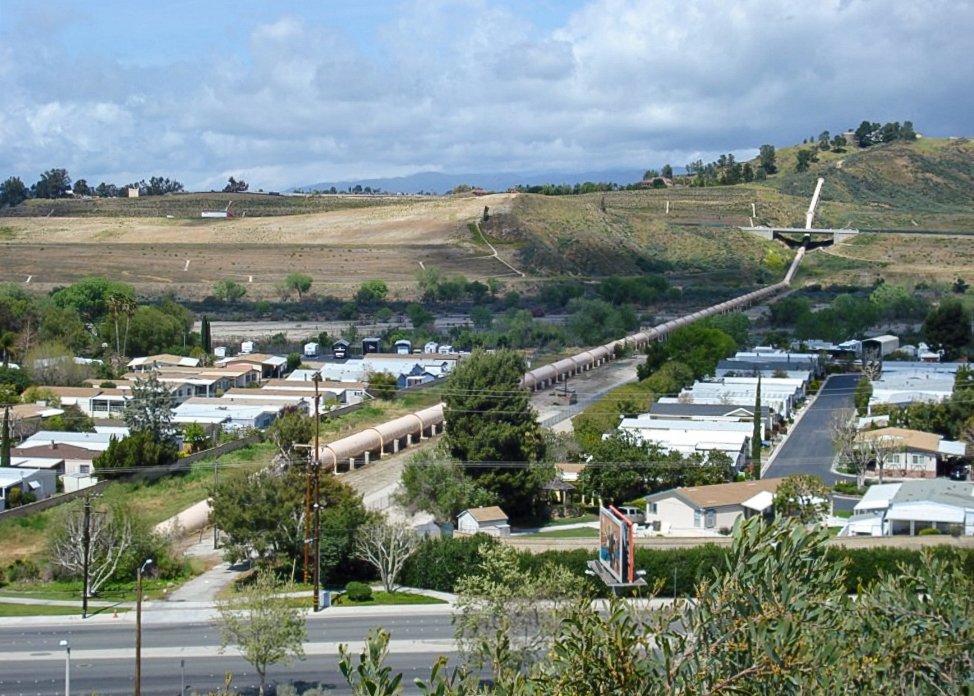
The construction of the Los Angeles Aqueduct was nothing short of a Herculean task. Spanning over 233 miles, it involved blasting through mountains, crossing deserts, and building tunnels. Thousands of workers toiled under harsh conditions to bring Mulholland’s vision to life. The aqueduct, completed in 1913, was a monumental achievement, redirecting the Owens River to quench Los Angeles’ thirst. It was a feat that exemplified human ingenuity and the power of engineering.
Controversy and Conflict: The Owens Valley Saga
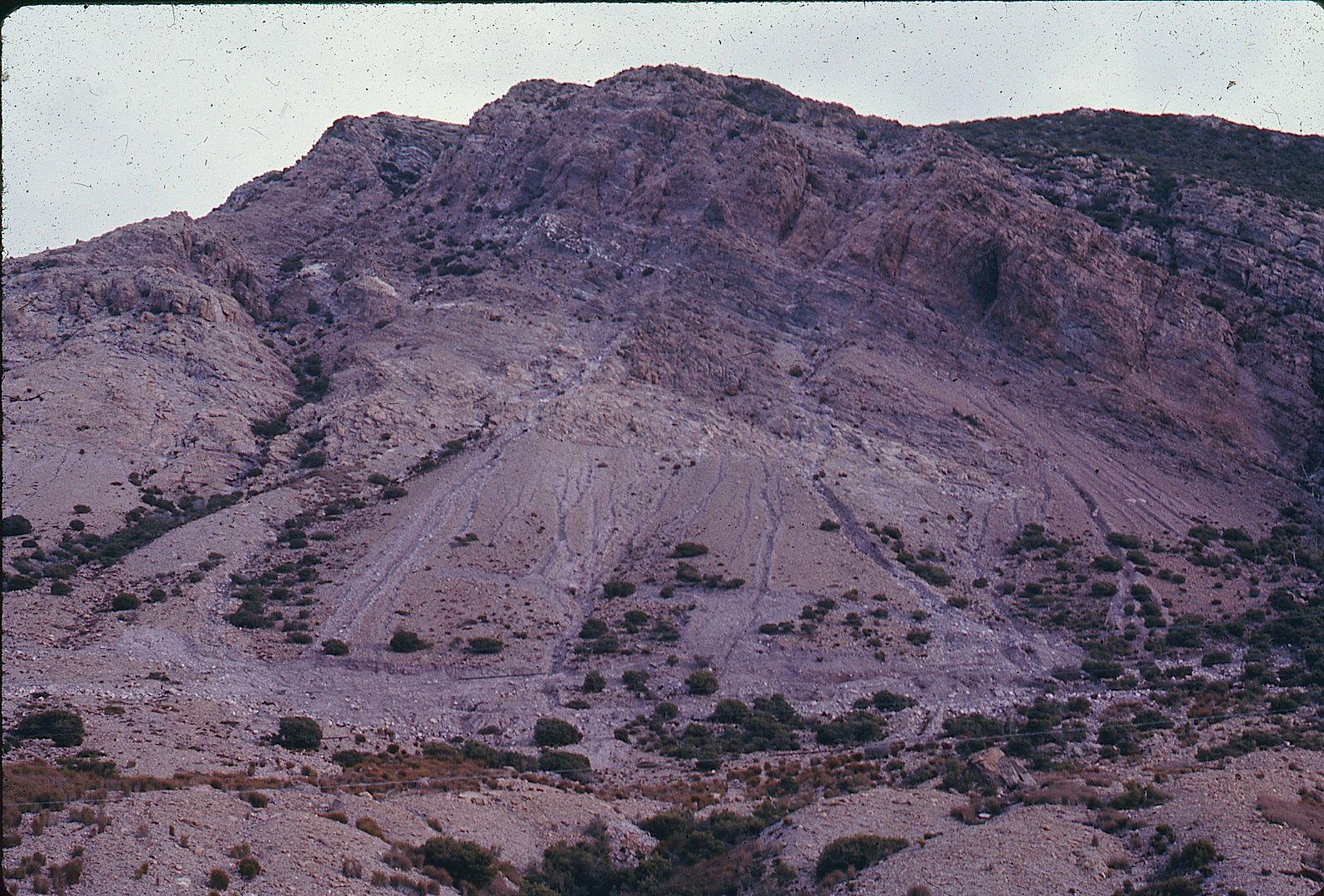
However, the aqueduct’s success came at a steep price. The diversion of water from the Owens Valley sparked outrage among local farmers and residents. The valley, once fertile and productive, was left dry and barren. This led to the infamous “water wars,” a series of conflicts and legal battles that highlighted the ethical dilemmas of resource allocation. The controversy surrounding the aqueduct remains a poignant reminder of the complex relationship between urban development and environmental stewardship.
The Impact on Los Angeles: A Metropolis Emerges
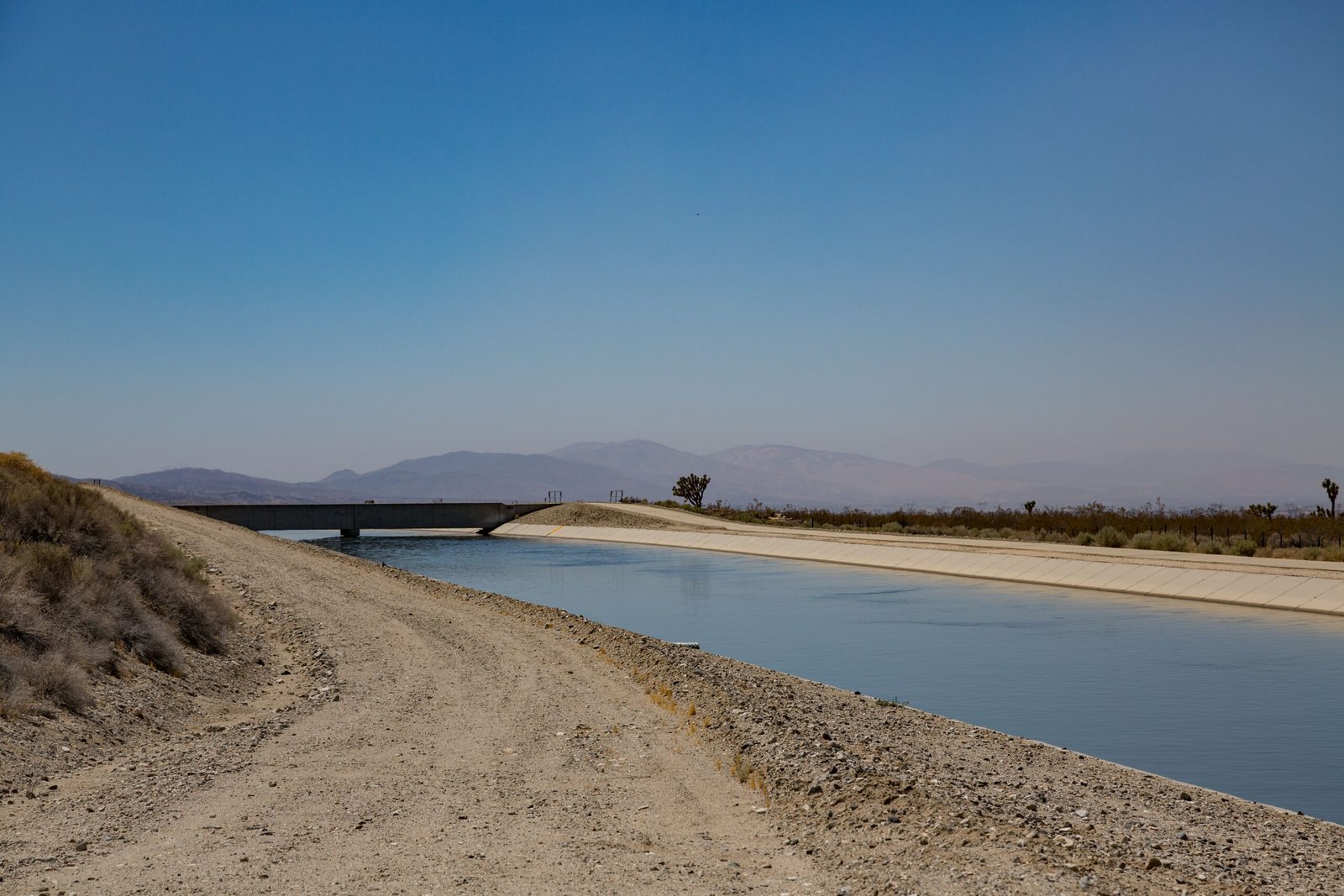
With a reliable water source secured, Los Angeles experienced unprecedented growth. The aqueduct’s impact was profound, transforming the city into a bustling metropolis. Industries flourished, attracting a diverse population and fostering economic prosperity. The availability of water enabled the development of infrastructure, housing, and agriculture, propelling Los Angeles into the ranks of the world’s major cities. The aqueduct was the catalyst that turned dreams into reality.
Scientific Ingenuity: The Engineering Behind the Aqueducts
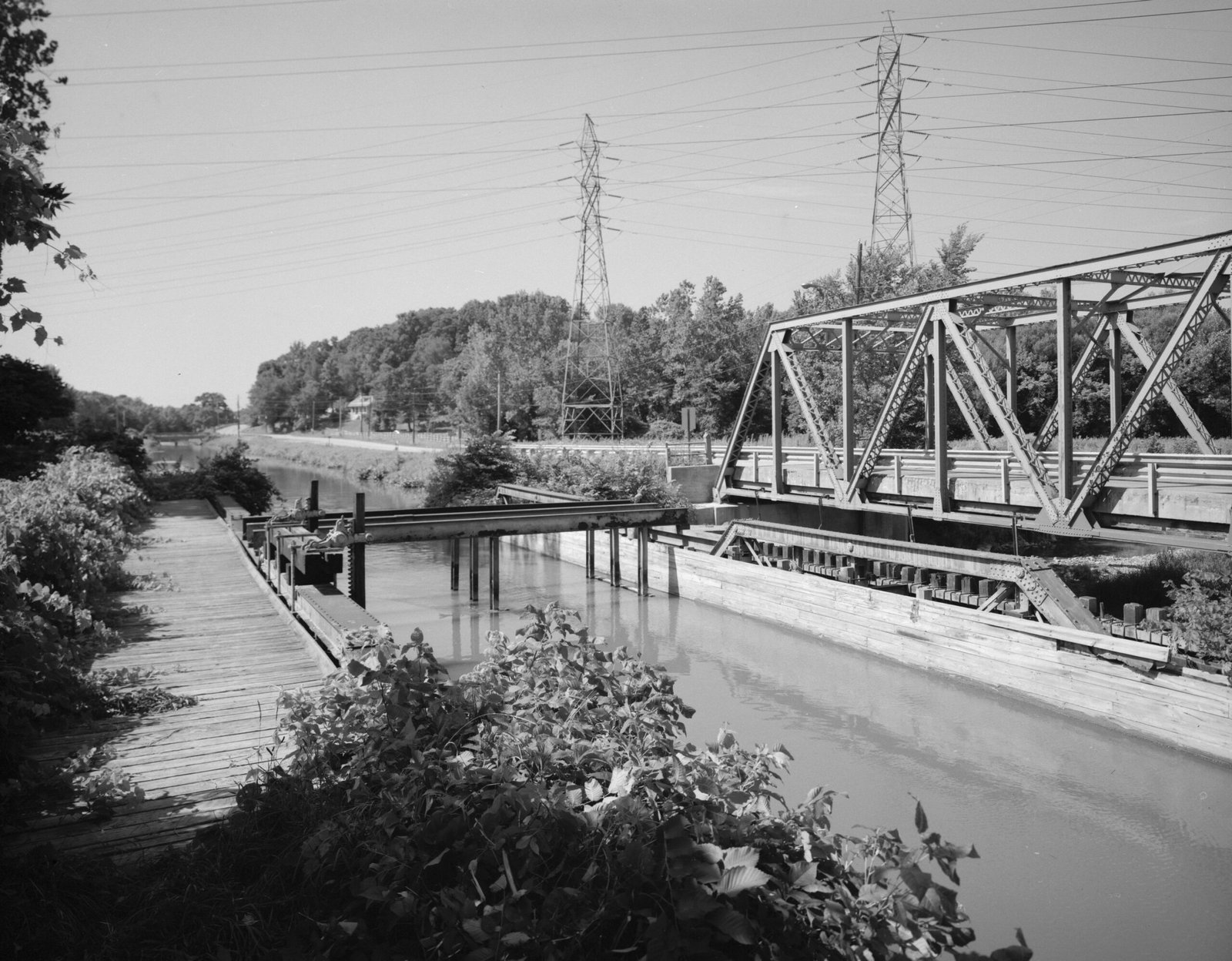
The engineering marvel of the Los Angeles Aqueduct lies in its innovative design and construction. The aqueduct utilized gravity to transport water across vast distances, minimizing the need for pumping stations. This efficient system required precise calculations and meticulous planning, showcasing the brilliance of early 20th-century engineering. The aqueduct’s design has since inspired countless water management projects worldwide, highlighting the enduring legacy of Mulholland’s vision.
Environmental Consequences: A Delicate Balance
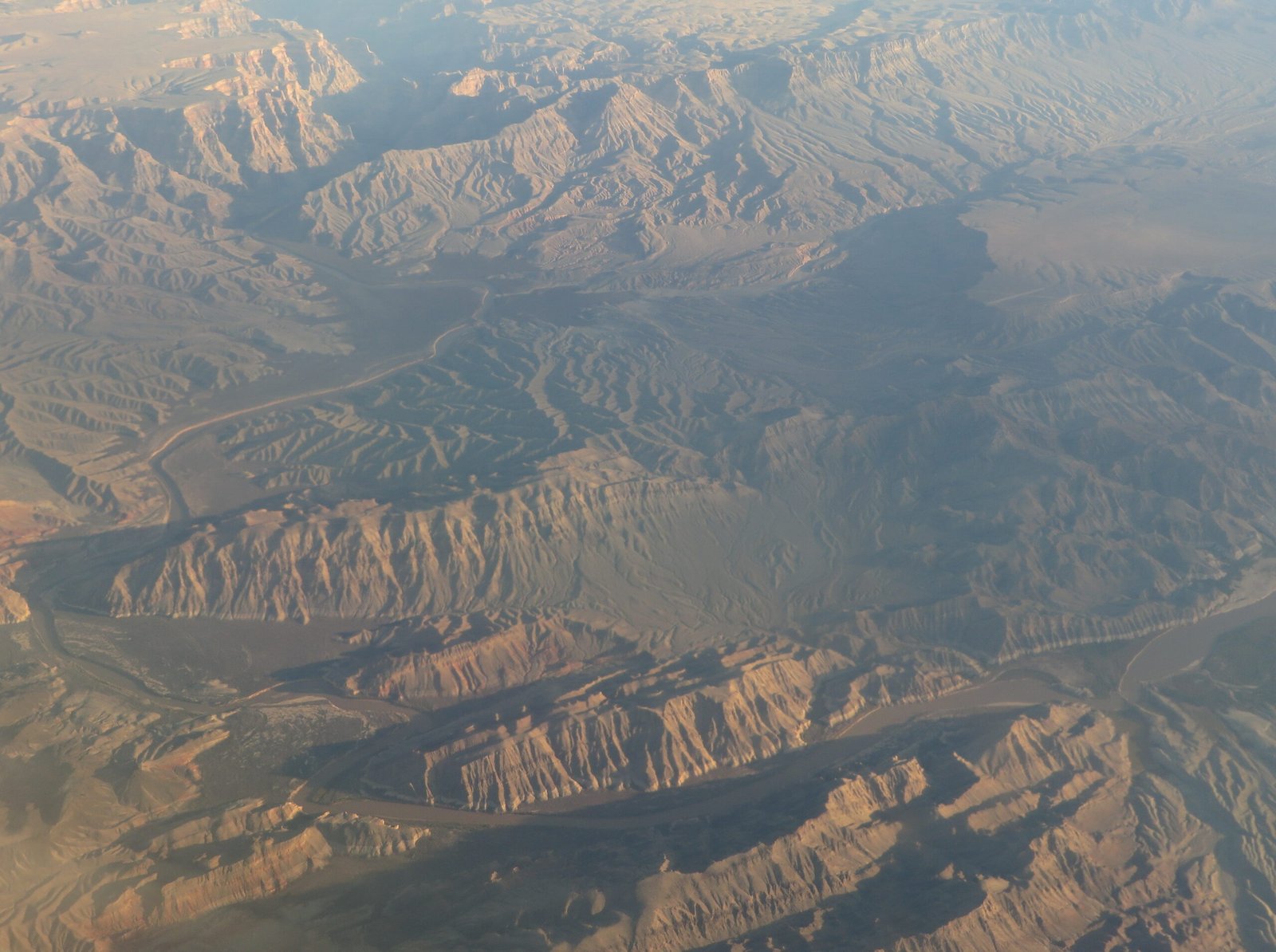
While the aqueduct brought prosperity to Los Angeles, it also raised concerns about environmental sustainability. The depletion of the Owens Valley ecosystem had far-reaching consequences, affecting local wildlife and habitats. Today, efforts are underway to restore the valley’s natural balance and mitigate the environmental impact of water diversion. This ongoing challenge underscores the need for responsible resource management and sustainable urban planning.
The Legacy of the Aqueducts: Lessons for the Future
The story of the Los Angeles Aqueducts offers valuable lessons for future generations. It serves as a cautionary tale about the consequences of unchecked ambition and the importance of balancing development with environmental conservation. As cities around the world face similar challenges, the aqueducts remind us of the need for innovative solutions that prioritize sustainability and ethical resource management.
Modern-Day Los Angeles: Water Management Challenges
Today, Los Angeles continues to grapple with water management challenges. Climate change, population growth, and prolonged droughts pose significant threats to the city’s water supply. In response, Los Angeles has implemented measures to enhance water efficiency, promote conservation, and diversify its water sources. These efforts reflect a commitment to securing a sustainable future and ensuring the city’s resilience in the face of adversity.
A Reflection on Human Innovation and Nature
The hidden aqueducts beneath Los Angeles are more than just conduits for water; they symbolize the intersection of human innovation and nature. They remind us of the power of ambition and the potential for progress when coupled with responsibility. As we look to the future, the story of Los Angeles serves as a beacon of hope and a call to action. How will we shape the cities of tomorrow while preserving the natural world we cherish?




